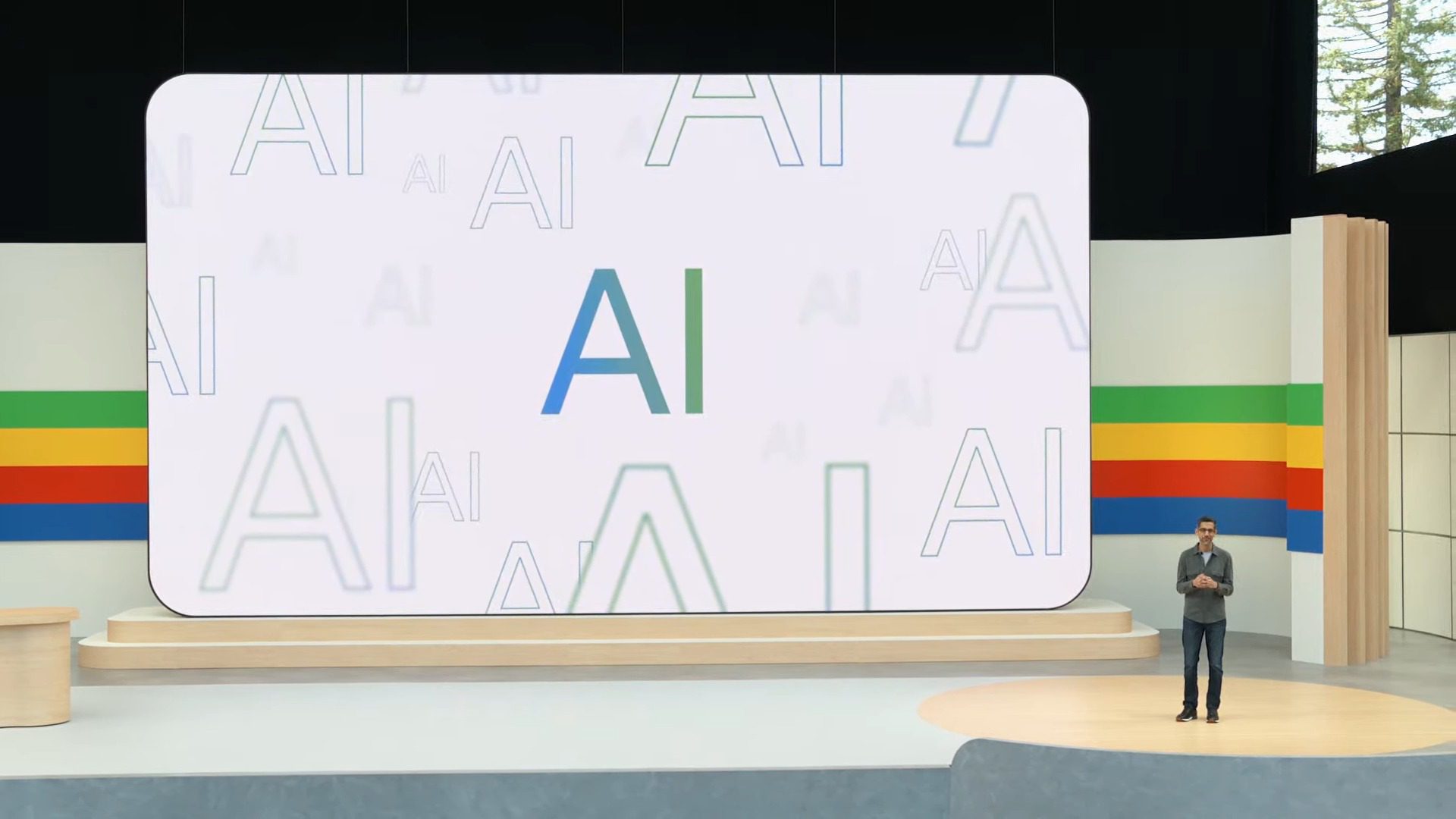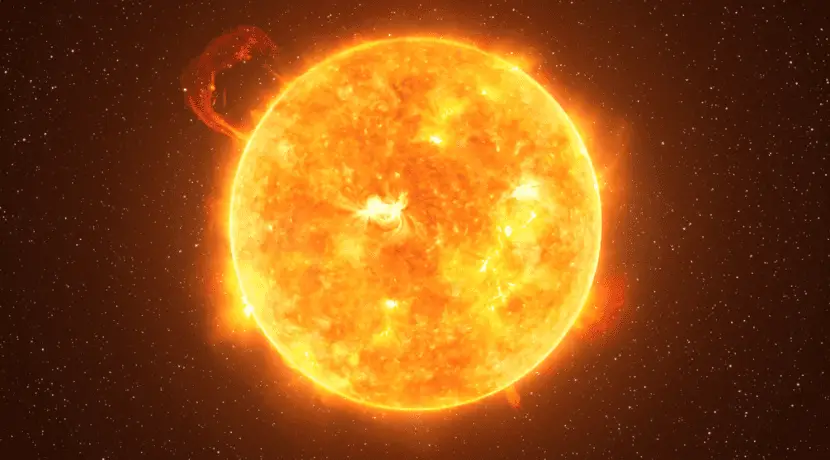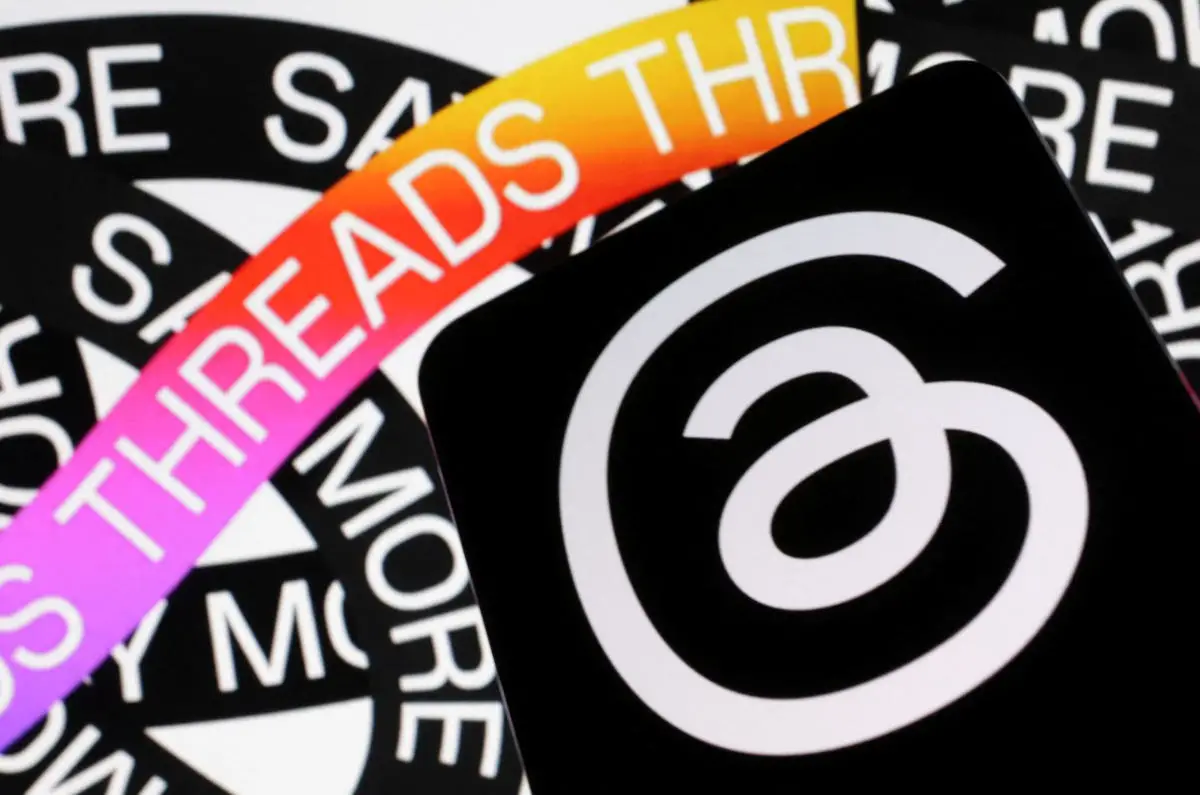Dyson’s first dedicated hard floor cleaner doesn’t suck
It’s a new direction for Dyson: a floor cleaner without mention of suction, cyclone technology, or any other usual vacuuming vocabulary. The Wash G1 is the company’s first hard floor cleaner, and it replaces vacuuming with high-speed rollers, water, and nylon bristles. It goes on sale later this year for $700/£600, which is expensive but […]
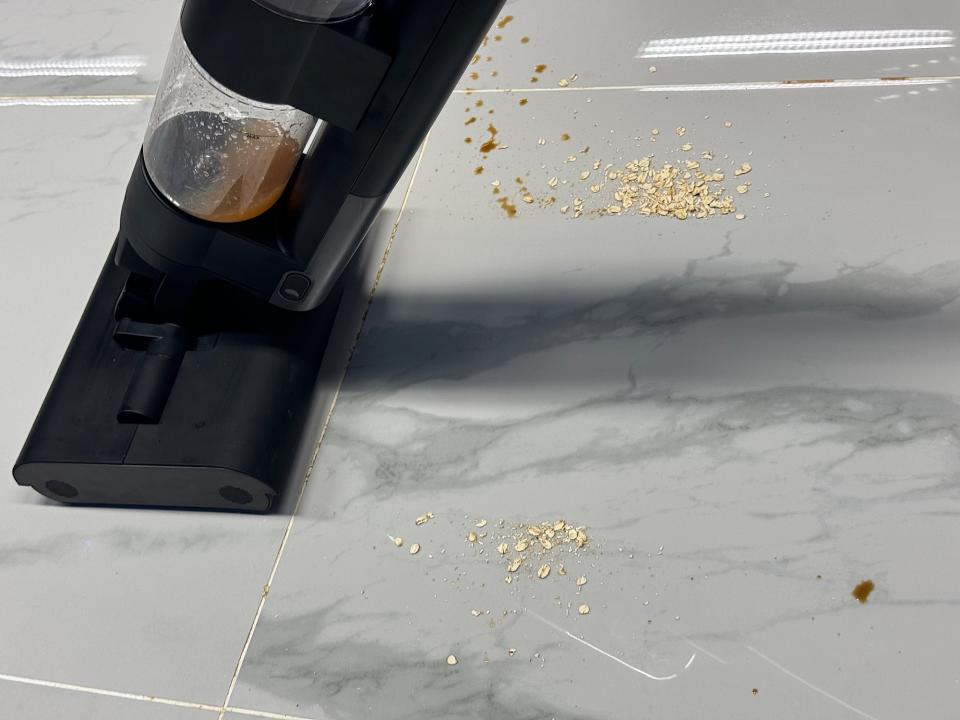
It’s a new direction for Dyson: a floor cleaner without mention of suction, cyclone technology, or any other usual vacuuming vocabulary. The Wash G1 is the company’s first hard floor cleaner, and it replaces vacuuming with high-speed rollers, water, and nylon bristles. It goes on sale later this year for $700/£600, which is expensive but still cheaper than Dyson’s top-of-the-line Gen 5 vacuum. I was able to test the Wash G1 at Dyson’s headquarters, a few hours west of London in the United Kingdom.
The product was born from the increasing presence of hard floors in our lives. Dyson says there are fewer and fewer carpeted rooms in homes around the world. However, cleaning hard floors (aside from industrial processes) has remained a fairly manual process, usually involving mops (or Swiffer cloths, monster) which leave marks and streaks. Typical cleaning also involves wiping away diluted dirt and stains from around your floors after the first soak.
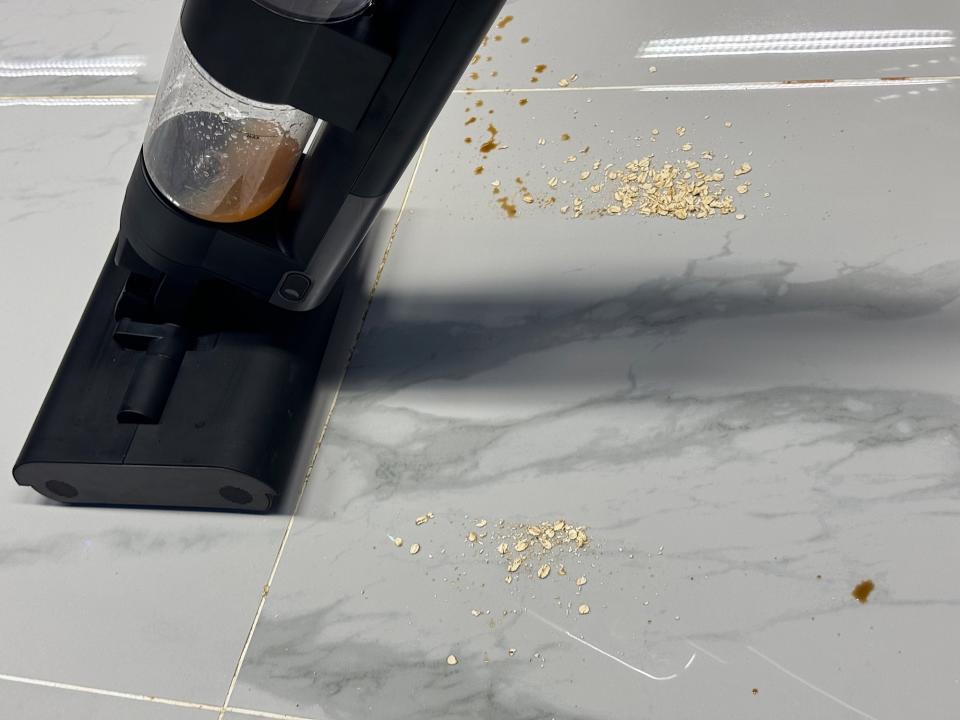
Dyson’s method keeps fresh and dirty water separated while you clean, with two microfiber rollers that apply the water, mechanically removing stains and dirt. The company tried this on its V15 detection sub, which has a dedicated cleaning head with (much smaller) water compartments built into it. The Wash G1 draws dirty liquid into its own container, capturing all physical debris in a thin tray with mesh. filtered.
The rollers spin in opposite directions, which helps remove stains and dirt. In testing, the rollers also gave the cleaner a floating feeling when I spun it. High-density microfiber cloths then absorb and trap liquids and solid dirt, while hardened nylon bristles sweep away dirt and larger objects into a tray. Dirty water is also drained from the rollers and sucked up into the machine.
The Wash G1 has 26 hydration points to “precisely” soak the microfiber rollers, ensuring they are hydrated enough to remove stains and dried-on dirt. The company claims there is enough water in a single tank to clean the area equivalent to a tennis court – but this will depend on the machine’s settings.
There are three levels of hydration, while an additional maximum setting empties the reservoir much faster, applying as much water as possible to the toughest stains. This doesn’t particularly affect battery power, like the maximum setting would on a vacuum cleaner, because the Wash G1 doesn’t push the motors harder – it just uses more water. To reach the edges of the floor, Dyson moved the roller motors to one side so the right side could closely brush against walls and edges.
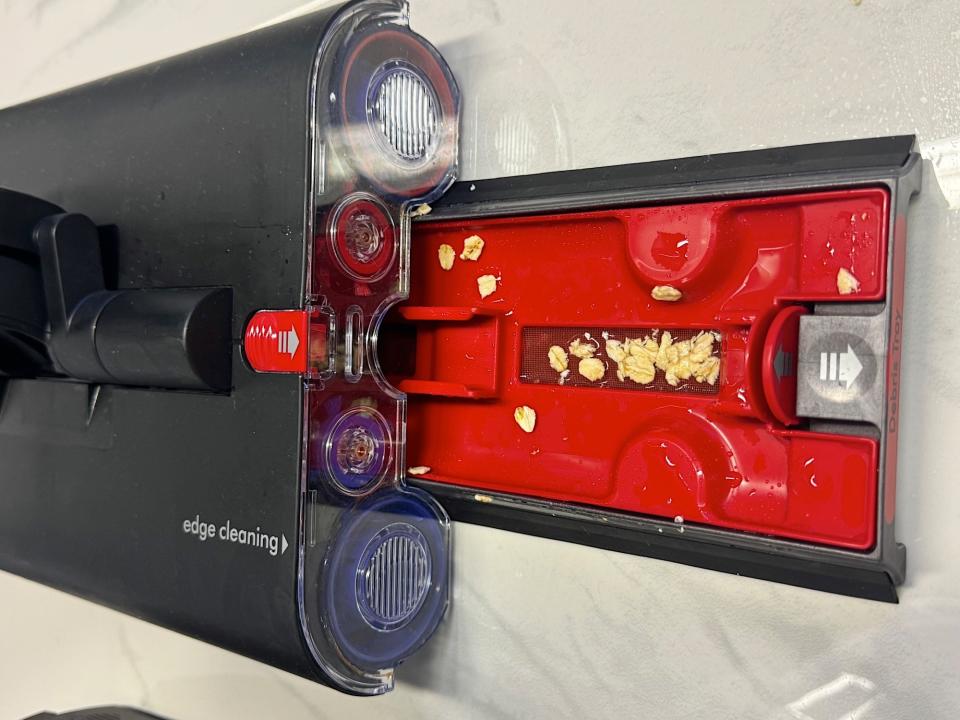

The Wash G1 can even perform self-cleaning, using half the tank of clean water to flush the system and clean the brushes. There is no heating function, but the spinning should wring out most of the water. All of this is done while the Wash G1 is connected and charging, which, instead of the typical cable or stand used by other Dyson vacuums, is a flat surface that plugs into the wall.
After exhausting the clean water tank, it was simple to remove and refill – much easier than a coffee machine. The unit with the two containers snaps out of the body so you can evacuate dirty items and fill it with clean water. The container for dirty water has a wide opening, so it is easy to clean without touching accumulated dirt.
One problem though: the dirty water tank is… disgusting. I understand the satisfaction of seeing dirt and mud while you clean your floors, but a container of murky beige mystery is, in person, pretty gross. Maybe Dyson could make it from a smoky plastic that masks the dirty water at least a little?
The way Dyson separates liquid and solid messes also reduces the amount of mud you’ll get from cleaning floors with water (not to brag, but I may have cleaned a carpet or two in my life ). It does this by ensuring that solids do not stay in the water for too long. Dirty water is drawn into its removable container using a pressure differential, meaning there is no chance of dirt getting into motors, filters and other delicate parts.
A final microfiber roller then absorbs any residual water and Dyson claims it buffs the floor to prevent finish marks. During my brief time with the Wash G1, it still left a streaky finish, but maybe Dyson will fix that. After all, there’s plenty of time before this product ships to consumers. In the UK, the company is targeting a fall (well, fall) launch, with the Wash G1 coming to the US later this year. The demonstration space also consisted of a reflective marble surface – arguably a more difficult surface to clean perfectly. My hardwood floors at home probably wouldn’t have shown any marks.
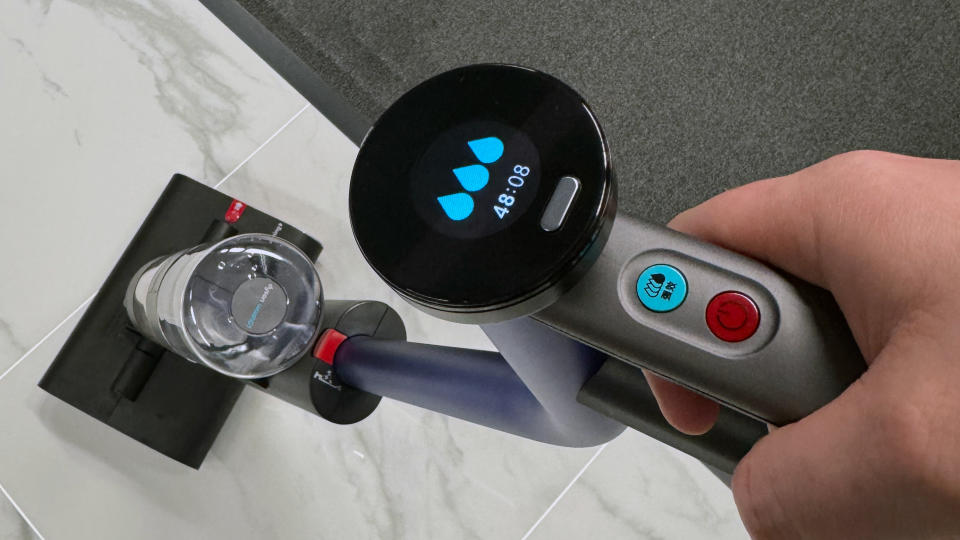

This is Dyson’s first attempt at dedicated hard floor cleaning, and I still have a lot of questions about how the filter tray works. How much can you put in such a thin little thing? We hope to get more answers when we take a closer look ahead of launch later this year.

